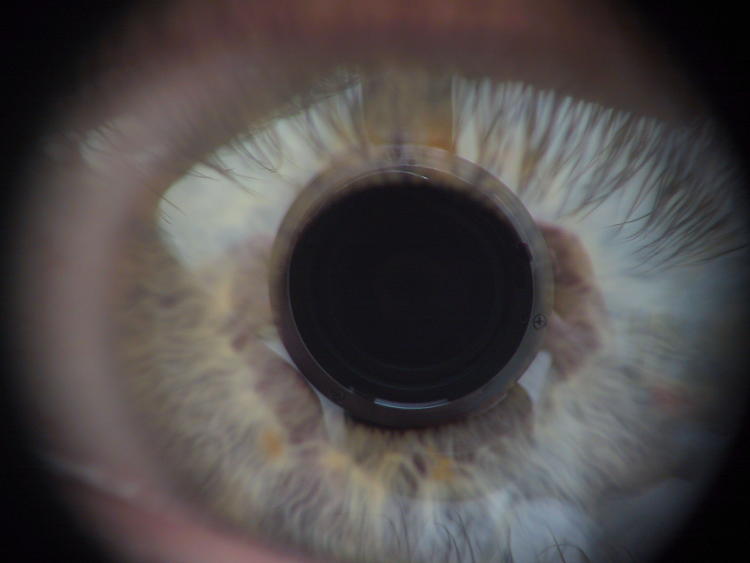
It was probably about 20 years ago when I picked up a book on close-up and macro photography, and discovered some of the varied methods of obtaining a very high order of magnification without actually having a lens dedicated to it, such as lens reversing and lens stacking. I experimented a little, but didn’t tackle the techniques too seriously for a while.
Later on I was in Florida and using the borrowed Sony F-717, which had a fixed (non-interchangeable) 9.7-48.5mm zoom lens, or the “35mm equivalent” of a 38-190mm, evidence of how so many terms in photography suffer from inertia instead of thoughtful planning. Its macro performance wasn’t bad by itself, but the addition of an Olympus 50mm 1.4 lens reversed on the front, at certain focal lengths, could produce a serious amount of magnification, provided you were fine with some wicked focal vignetting (increased blurring in a circle towards the outer edges of the frame.) It was responsible for some of my more interesting shots.
Then when I got my first digital camera, the Canon Pro-90 IS, I resurrected the technique on its own 7-70mm lens (37-370mm equivalent.) The difference in lens properties didn’t produce the same quality in results, but it still proved useful in certain circumstances. As well as some foolish experiments.
Since the Pro-90 had a swing-out and reversible viewfinder LCD, it had a few more angles to exploit than the Sony, and one of them was photographing my own iris. This was still a bit challenging in that a) I had to remove my glasses to pull this off, which meant my focus wasn’t that hot, and b) I had to concentrate on one eye to see that viewfinder since the other was blocked by the camera and lens itself. I managed to get a couple of decently sharp images through all this, and more than a handful of rejects.
The subtle and unintended effect that popped up was the reflection of the reversed 50mm lens in my cornea, almost perfectly centered on the pupil, which gives a somewhat robotic look to my eye. If your monitor brightness and gamma are set decently, you can even see a hint of the black ‘steps’ of the lens ring going into the pupil, seeming to hint that something else might be down there.
I’ve never tried this since, mostly because I no longer use that camera for anything and none of my others have the necessary LCD to focus with, though it occurs to me now that I actually might have a way of doing it. Or I could simply shoot someone else’s eye, but I should probably pick one with more dynamic color depth than ‘grey.’ And get my hands out of the picture…




















































